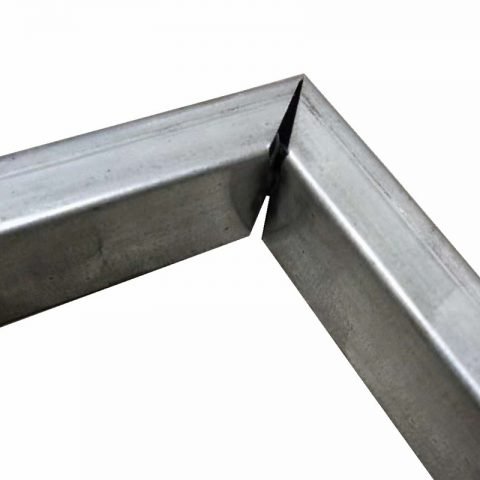
(1) The slender pipes should be hung vertically in a salt bath furnace or pit furnace as much as possible to reduce the deformation caused by their own weight.
(2) When right angle tube with different cross-sectional sizes are heated in the same furnace, the small pieces should be placed at the outer end of the furnace, and the large and small pieces should be timed separately and the small pieces will be released first.
(3) The amount of furnace installed each time should be adapted to the power of the furnace. When the amount of furnace installed is large, it is easy to press and warm, and the heating time needs to be prolonged.
(4) For workpieces quenched with water or salt water, the quenching temperature shall be the lower limit; for workpieces quenched with oil or molten salt, the quenching temperature shall be the upper limit.
(5) When performing dual-medium quenching, the time spent in the first quenching medium should be controlled according to the above three methods. The time for moving from the first quenching medium to the second quenching medium should be as short as possible, preferably 0.5-2s.
(6) For right angle tube whose surface is not allowed to be oxidized or decarburized, they should be heated in a calibrated salt bath furnace or protective atmosphere furnace. If the conditions are not available, it can be heated in an air resistance furnace, but protective measures must be taken.
(7) After the right angle tube is vertically immersed in the quenching medium, it does not swing, but only moves up and down, and stops the stirring of the quenching medium.

(8) When the cooling capacity of the part with high hardness requirements of the pipe fittings is insufficient, the liquid spray cooling can be performed on the part while the whole is immersed in the quenching medium to improve the cooling speed.
(9) It must be placed in the effective heating area. The amount of furnaces, the method of furnace loading and the stacking form should ensure that the heating temperature is uniform and consistent, and will not cause distortion and other defects.
(10) When heating in the salt furnace, do not get too close to the electrode to prevent local overheating, and the distance should be more than 30mm. The distance from the furnace wall and the depth of immersion below the liquid surface should be more than 30mm.
(11) During graded quenching, the quenching temperature can be appropriately increased to increase the stability of the right angle tube austenite and prevent it from decomposing into pearlite.
(12) Structural steel and carbon steel can be directly loaded into the quenching temperature or heated in a furnace 20-30℃ higher than the quenching temperature. High-carbon high-alloy steel should be preheated at around 600°C, and then raised to the quenching temperature.
(13) For pipes with a deep hardened layer, the quenching temperature can be appropriately increased, and a lower quenching temperature can be selected for pipes with a shallow hardened layer.
(14) There shall be no dirt such as oil and soap liquid in the cooling water of the right angle tube. Under normal circumstances, the water temperature does not exceed 40 ℃, and the oil temperature does not exceed 80 ℃.